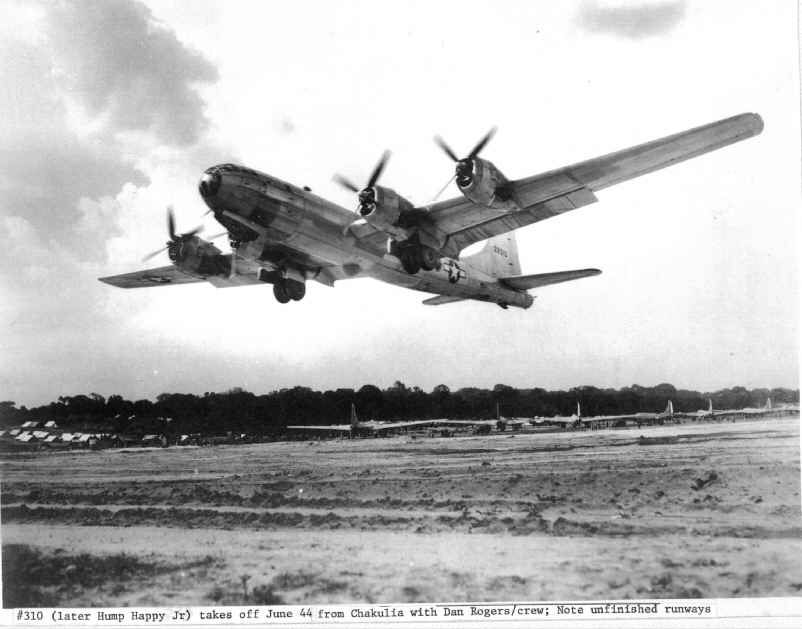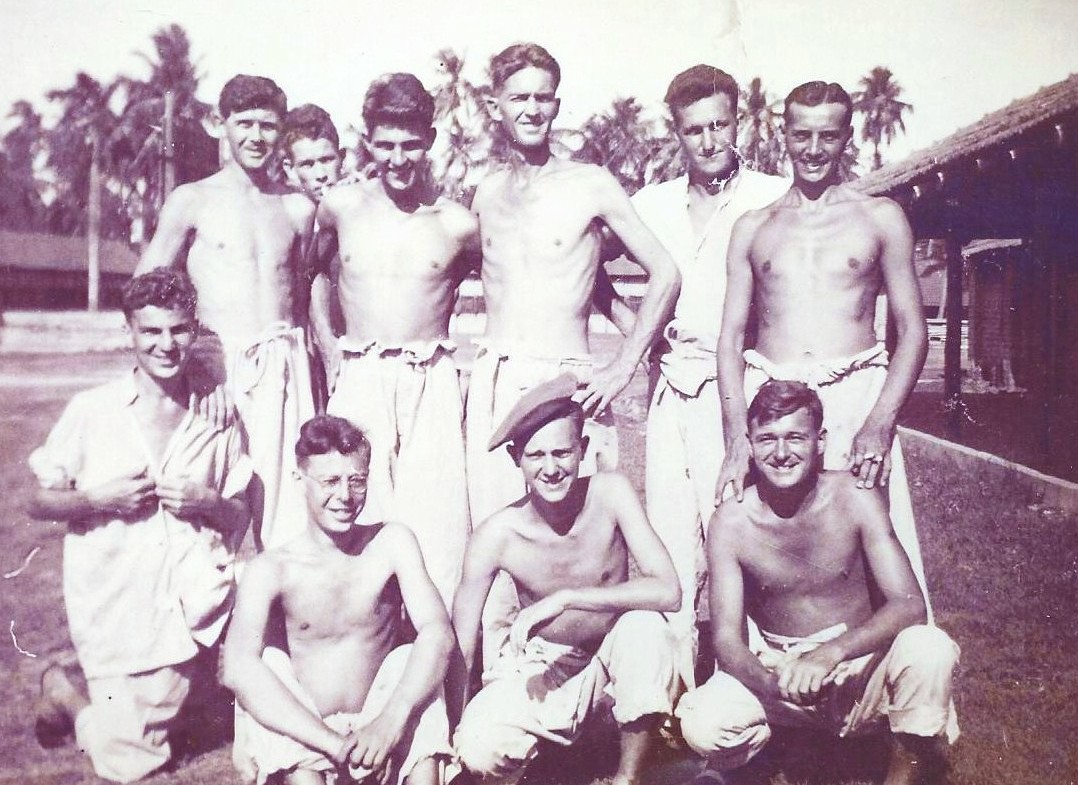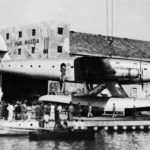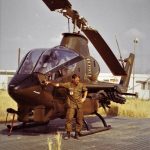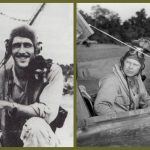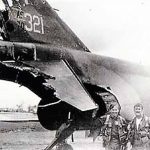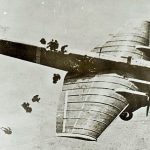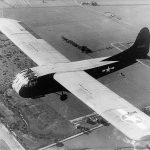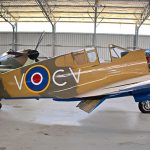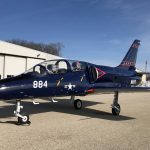By Pete Mecca
From a special article in the New York Times on December 15, 1944: “Big strike on railroad marshaling yards in Rangoon by B-29 bombers cause devastating results. No B-29s were lost.” The ‘devastating big strike’ mentioned in the New York Times’ headline article actually took place on December 14th. The primary target was the Japanese single track railroad system running through Thailand, Laos, Cambodia, and Vietnam, a railroad made famous in the 1957 film “The Bridge on the River Kwai.” Unfortunately, the B-29s were prevented from attacking the bridge due to thick cloud cover over the target. The airmen on the big bombers were duty-bound to pursue their secondary target, Rangoon.
As luck would have it, Rangoon was also obscured by dense cloud cover. With fuel and time a major factor, all 11 bombers had to jettison their bombs before returning to base. The Times’ ‘Big strike on railroad marshaling yards’ was, at best, wartime propaganda. The ‘devastating results’ more truthfully described the loss of 10 of the 11 bombers, and the assertion of, ‘No B-29s were lost,’ was, at worse, an out-and-out lie. “In time of war the first casualty is truth.” – Boake Carter
Nickolas ‘Nick’ Oglesby definitely knew the truth because he was gun commander on one of the B-29s that went down. He said, “We were stacked up vertically at 24,000 to 30,000 feet when we jettisoned our bomb loads. I could see the bomb bay of the B-29 above us. Bombs have to drop a certain distance to arm but something went horribly wrong that day. One of the bombs exploded in midair. Two B-29s simply vanished and another exploded in midair after traveling less than 75 miles.” Oglesby’s damaged B-29 began a slow descent, losing 20,000 feet in 20 minutes. He said, “Of course we knew we were going down in the middle of Japanese-controlled Burma, but we had no other choice.”
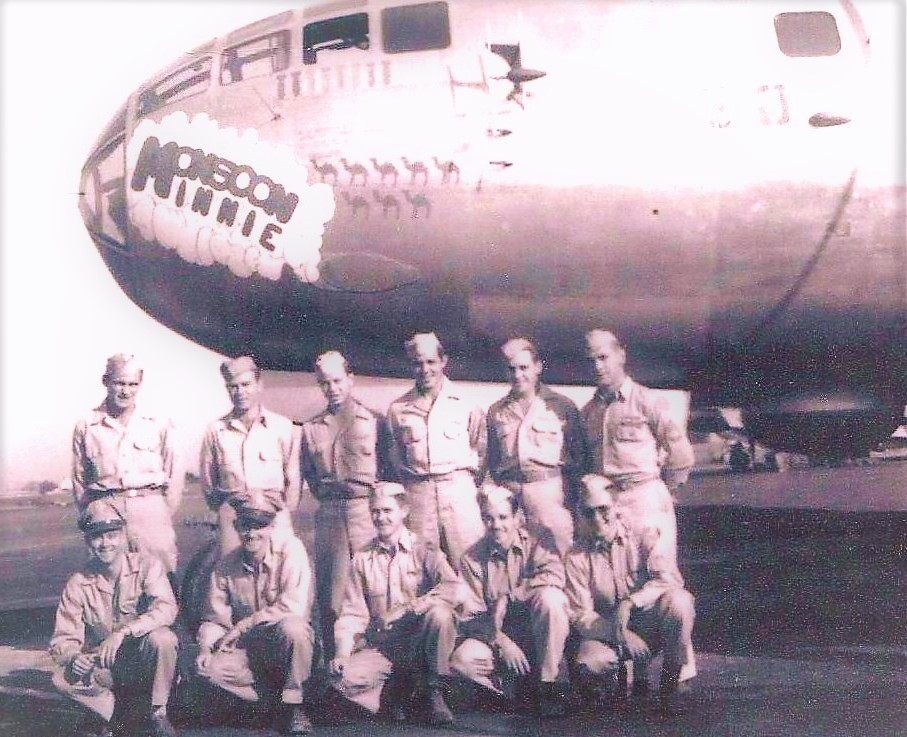
The pilot, Captain Robert Shanks, realized he had lost the fight to keep the crippled B-29 airborne. Losing altitude and already below 6,000 feet, he finally ordered his crew to “hit the silk” over enemy-held Burmese territory. Oglesby decided to free-fall as long as possible, fully aware the Japanese had a tendency to fire at hapless allied airmen parachuting to earth.
Oglesby recalled, “I fell until I saw a hut then pulled the ripcord. I landed near a Burmese gentleman who was just as startled as I was. I gave him my chute as a peace offering.” Two other crew members showed up. The old Burmese man led the 3 flyboys to a nearby village where they were given food and water.
Before long, a woman from another village who spoke English came to speak with them. Oglesby said, “She informed us that Japanese troops were on their way to the village and they knew we were there. She pleaded with us to surrender because if we didn’t the Japanese would kill the men in the village. We didn’t even know where we were, much less thought we had a chance to survive in the jungle, so we decided to surrender.”
The Japanese arrived around midnight. They roughed up the 3 flyboys then hustled them into a small boat for a river crossing. Incredibly, the entire crew was reunited for a miserable ten day trip via river launch, sampan, car, truck, railroad, then marched into Rangoon as POWs.
Christmas Day, 1944 – Oglesby and his crew are imprisoned in a penitentiary-like structure. A Japanese officer, handsome and unusually tall, told the crew, “I am also an American. I was in Japan visiting my parents when war broke out so I was forced to serve with the Japanese. I am with you 100%. I’m a graduate of UCLA and I will take care of you. I will make them serve you breakfast.” The boys were served scrambled eggs, bacon, and biscuits. The Americans couldn’t believe they were feasting on such a marvelous breakfast but they also knew not to believe the Japanese officer’s poppycock manipulation tactics.
Later under intensive interrogation, Oglesby said of the ordeal, “If they didn’t like what we said they’d beat us and batter our heads. They demanded to know all we knew about the B-29. Shoot, we decided to tell them. We told the Japs a B-29 could fly above 60,000 feet, fly at 600 mph, and carry a 60,000 pound bomb load. They were so happy with the new information they gave us cigarettes.” (A B-29 had a service ceiling of 31,800 feet with a top speed of 358 mph and carried a 20,000 pound bomb load, maximum). American flyboys, you got to love them.
The Japanese incarcerated three airmen to a cell. Delusional half-naked British and American POWs continuously screamed at the new prisoners plus they were occasionally mistreated, but the B-29 crew was close enough to each other to talk when the Japanese guards left the building. Oglesby recalled, “We talked about everything, home, girlfriends, American food, our parents, it kept us alive.”
Something else also kept Oglesby’s crew alive: Nukazuke. He explained, “They fed us nuka and rice with an occasional piece of meat or vegetable, but it was nuka that kept us alive.” Nuka is made from corn husks, bitter to the taste, but nonetheless very nutritious. Of the 100 prisoners in Compound #5 only one POW died – he refused to eat the nuka.
April, 1945: Japanese trucks arrive and dump Japanese uniforms onto the ground. Oglesby said, “That was the first change of clothes we’d had since our capture. We were told because of our good health and walking capability that we would be sent to Singapore to board a ship for Japan as slave labor.”
The POWs were first marched north to Mandalay then turned southward towards Singapore. But the Japanese were getting nervous: British troops were searching the area less than ten miles away. Unexpectedly, instead of the anticipated cruelty experienced by most Allied POWs throughout the Pacific, the Japanese handed over a document to a captured British officer which gave him custody of all the prisoners so the Japanese could make good their escape.
Oglesby said, “We were behind Japanese lines, but free. It felt good. Most of us just sat down or stretched out on the ground for a nap, but we soon heard British airplanes strafing a nearby village. We were still dressed in Japanese uniforms so we used white linen to make a sign on the road – POW – but the British planes thought it was a trick. They strafed our column anyway. We took cover. Only one man was killed, the British officer that had been put in charge of us.”
Terrified, the POWs scattered for safety. The Burmese people fed them while an officer made his way to friendly lines to seek assistance. In pitch dark, a squad of Bengalese soldiers arrived with blankets, rice, tea and rum. “We fell asleep after we ate,” Oglesby said. “We awoke with British bullets whizzing over our heads at Japanese soldiers.”
The enemy gone; the POWs finally safe; their war was over. “A tank arrived with a blade attached to the front and carved out a makeshift runway for us,” Oglesby said. “Then a Gooney Bird (C-47 transport plane) arrived and we were flown to Calcutta to the 142nd general hospital. We even got back pay, can you imagine that?”
The commanding general made sure the flyboys got what they needed, including new wristwatches. After eating good food for 3 days, Oglesby still weighed less than 100 pounds. “The food was great,” he recalled. “Steak, potatoes, anything we wanted. We ate so much most of us had to go outside to puke. It didn’t matter, we went back inside for more. One airman ate 14 fried eggs for breakfast every morning for two straight weeks.”
Oglesby’s entire crew left the hospital at the same time, boarded a C-54 for a long flight back to the states, and to reflect on their survival. Once home, however, it was time for the crew’s final separation. “That was tough,” Oglesby recalled. “We’d fought together, parachuted together, and survived together. That kind of experience creates intense personal bonds.”
Oglesby returned to Marietta, GA, married Roselyn “Bootsie” Maddox, and used the G.I. Bill to earn a Business Degree from the University of Virginia. His father’s employer, the Prudential Insurance Company, offered Oglesby a job. He stayed with the Prudential until his retirement. “I have to use a walker now,” he said. “But it’s not due to old age.” In perfect health, an automobile accident in 1995 broke all his bones from the knees down. “You know, I survived aerial combat, being shot down, and Japanese captivity. It took a car accident to slow me down. Heck of a note, don’t you think?”
Pete Mecca is a Vietnam veteran. For story consideration visit his website at aveteransstory.us and click on “contact us.”








